by Sunny | Jun 15, 2018 | 01 What's New, Ancestry, Australian, Canadian, Italian, Swedish, United States
Work on your New York genealogy research with these new naturalization and marriage license records. Also: WWII draft registrations; family history records for AL, ID, KS, KY, LA, OH, VA; and records from Australia, Canada (including a mapped-out photo archive of Toronto streets), Denmark, Italy, Portugal, and Sweden.
Welcome to our weekly roundup of new and updated genealogy records online. Most of this week’s images come from Genealogy Giants Ancestry.com and the free FamilySearch.org, but there are few additional sites represented here, too! Happy researching!
Featured: New York genealogy records
Over three-quarters of a million indexed records have been added to New York, Southern District, U.S District Court Naturalization Records, 1824-1946. New York research is challenging for many reasons, not least among them limited access to vital records for your transient and immigrant ancestors in this state. Naturalization records are also typically difficult to find, as your ancestors in certain time periods could submit paperwork in any court they pleased. So this is a great collection! Let us know if you find any ancestors in this collection. We love hearing about your successes.
New York. The New York City marriage license index for 1996-2017, with 1.5 million records, is now free online, searchable and even downloadable. This announcement is from Reclaim the Records: “We successfully fought the New York City government for nine months to get the first-ever public copy of the 1996-2017 New York City marriage license index. It’s about 1.5 million records, which is about 3.1 million names. And you can now search this data, or even download it or reuse it, totally free. It’s in the public domain, no copyright. This 1996-2017 data is the continuation of the 1908-1929 and 1930-1995 data sets we won in two previous lawsuits from the NYC Municipal Archives and the NYC Clerk’s Office, respectively. (You can also check out the scanned microfilm images of the 1908-1972 portion of the marriage license data at the Internet Archive.)
More new genealogy records from around the United States
World War II draft registrations. Ancestry.com has updated its collection of U.S. WWII Draft Cards Young Men, 1 940-1947. “This database contains images and indexes for registration cards filled out by men born between the years of 1898 and 1929 from Arkansas, Georgia, Louisiana, and North Carolina.” It also contains an index (with a link to images available on Fold3) for about half of U.S. states.
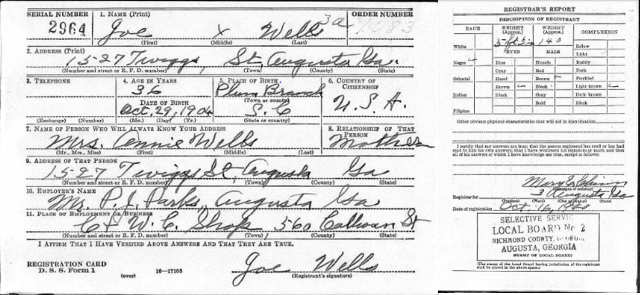
Alabama. Subscription giant Ancestry.com has added a new collection, “Alabama, Surname Files Expanded, 1702–1981.” According to the site, “This database contains various records providing biographical information on individuals who lived in Alabama. Staff members at the Alabama Department of Archives and History (ADAH) started compiling these records on Alabamians in 1901. They include a variety of items and record types arranged by surname: newspaper clippings, obituaries, local and family histories, donated family research and records, extracts from censuses, research requests made to the archives, and other items.”
Idaho. Ancestry.com has recently updated these collections of Idaho vital records:
- Idaho, Birth Index, 1861-1917, Stillbirth Index, 1905-1967
- Idaho, County Birth and Death Records, 1863-1967
- Idaho, Marriage Records, 1863-1967
- Idaho, Divorce Records, 1947-1967
- Idaho, Death Records, 1890-1967
Also for your Gem State ancestors, About 80,000 indexed records have been added to the free collection, Idaho, Southern Counties Obituaries, 1943-2013, at FamilySearch.org. According to the site, these obituaries come “from a variety of Idaho newspapers and [are] housed at different LDS Family History Centers throughout the state.”
Kansas. Search a new and free FamilySearch collection of Kansas, Cemetery Abstracts, already with more than 110,000 indexed records in it. Compiled by a voluntary missionary society, it includes records from “Allen, Butler, Chase, Clay, Cloud, Coffey, Cowley, Crawford, Dickinson, Edwards, Ellis, Finney, Ford, Franklin, Geary, Gove, Grant, Gray, Greeley, Greenwood, Hamilton, Harvey, Haskell, Hodgeman, Jefferson, Jewell, Kearney, Kingman, Labette, Lincoln, Logan, Lyon, Marion, Marshall, McPherson, Meade, Montgomery, Morton, Neosho, Norton, Ottawa, Pottawatomie, Reno, Republic, Rice, Riley, Rooks, Russell, Saline, Scott, Sedgwick, Seward, Sherman, Stafford, Stanton, Sumner, Thomas, Wabaunsee, Wallace, and Wichita counties.”
Kentucky. Ancestry.com has updated its collection of Kentucky, Death Records, 1852-1965. You can search the index or browse the images, which include death certificates, 1911-1965 as well as “mortuary records, registers of deaths, and death certificates for Newport, Louisville, Lexington, Covington, and Jefferson County, up to 1911.”
Louisiana. Subscription giant Ancestry.com has updated its collection of Louisiana, Soldiers in the War of 1812. “This compilation contains an alphabetical list of Louisiana soldiers who fought for the state militia during the War of 1812. Taken from the National Archives, each entry includes the rank and company to which the soldier was attached.”
Ohio. New (and always free) at FamilySearch is a collection of Ohio, Washington County Newspaper Obituarie s, 1884-2013. The collection already contains nearly 700,000 new indexed records. Washington County is key to Ohio history because it was the original county in this Northwest Territory state.
Virginia. Ancestry.com has updated its collection, Virginia, Birth Records, 1912-2014, Delayed Birth Records, 1854-1911. According to the site, “This database contains an index of birth details extracted from Virginia birth records for the years 1864-2014 as well as images of birth records for the years 1864–1914, which fall outside the 100-year privacy restriction. You’ll find basic details such as name, birth date and place, father’s name, mother’s name, and certificate number.”
More genealogy records from around the world
Australia. Nearly 34,000 new indexed entries and over 14,000 accompanying digital images have been added to the free FamilySearch collection, Australia, Victoria, Tombstone Transcriptions from Various Cemeteries, 1850-1988. According to the site, the cemeteries included so far in the collection are “Beechworth, Bowmans Forest, Bright, Bundalong, El Dorado, Greta, Hyam, Milawa, Old Chiltern, Rutherglen, Springhurst, Stanley, Tarrawingee, Tawonga, Una Boorhaman, Waygunyah, Winton, and Yackandandah. [Records come from] original transcriptions located in the Wangaratta Family History Centre.”
Canada. About 4,000 images have been added to a free digital archive of historic photos of Toronto. OldTo organizes these images in an easy-to-use map interface. Even if you have no personal connection to Toronto, it’s fun to play with this and look at the pictures, which date back to 1850.
Subscription giant Ancestry.com has updated its collection of Canadian Passenger Lists, 1865-1935. “Passenger lists of ships arriving in various Canadian ports, as well as some eastern U.S. ports from 1865–1935, are indexed this database. This collection, covering 2.2 million people who arrived in these ports, has never been indexed before.”
Denmark. Nearly 9,000 indexed records have been added to the free FamilySearch collection, Denmark, Military Conscription Rolls, 1789-1792. The records are written in Danish. For tips and more information about using the records, see this article on the FamilySearch wiki.
Italy. About 85,000 indexed records have been added to FamilySearch’s free database, Italy, Napoli, Civil Registration (State Archive), 1809-1865.“Includes marriage banns (pubblicazioni; notificazioni); baptismal records; ecclesiastical returns of marriages; marriage memorandums (atti di memorandum); diverse records (atti diversi); marriages and deaths outside of the place of usual residence (matrimoni e morti fuori domicilio); and marriage supplemental documents (processetti).”
Portugal. Over 114,000 indexed records have been added to Portugal, Porto, Catholic Church Records, 1535-1949. “These records include baptisms, marriages, and deaths. Some of these records have been indexed and are searchable as part of this collection. Additional images and indexed records will be published as they become available.” Tip: scroll down to the bottom of the page and click where it says you can browse over 1.2 million record images. That’s where you’ll find the pages that haven’t been indexed yet.
Sweden. About 13,000 indexed records have been added to Sweden, Örebro Church Records, 1613-1918; index 1635-1860. As the title of the collection indicates, only a portion of the records have been indexed (had the names extracted). That means, if you REALLY want to find your ancestor, you may need to browse the records as described above.
Learn more about naturalization records
Lisa Louise Cooke teaches a 3-part series on naturalization records in her free how-to podcast series, Family History: Genealogy Made Easy. Listen to episodes 29, 30, and 31 for all you want to learn about passenger arrival lists, certificates of arrival, passenger departure lists, annotations on passenger lists, and the Ellis Island experience.
Disclosure: This article contains affiliate links and Genealogy Gems will be compensated if you make a purchase after clicking on these links (at no additional cost to you). Thank you for supporting Genealogy Gems!
by Sunny | Feb 9, 2018 | 01 What's New, African-American, Ancestry, FamilySearch, Freebies
Explore these African and African American genealogy records in celebration of your family history and Black History Month!
Also this week: see new records online for Southern Claims Commission, GA, NY and VA as well as African heritage sites, Liberia and South Africa. And check out a limited-time offer from Fold3 to view its Black History collection for free.
Black History Collection free this month at Findmypast.com
“In recognition of Black History Month, Fold3 is making the records in its Black History collection available for free through the end of February,” states a recent company announcement. “The Black History collection gives you access to more than a million documents, records, and photos that help to capture the African-American experience during five eras of American history: Slavery, The Civil War, Reconstruction & Jim Crow Laws, World War I & II, and the Civil Rights Movement.
The Fold3 announcement lists several of its richest collections, and we think they’re worth noting individually:
- Danish West Indies – Slavery and Emancipation: These records cover the institution of slavery and the emancipation of slaves in the Virgin Islands during Danish rule, 1672-1917.
- Suppression of Slave Trade and Colonization (1854-72): These records cover the institution of slavery and the emancipation of slaves in the Virgin Islands during Danish rule, 1672-1917.
- Amistad – Federal and Supreme Court records: Court records pertaining to the claims of salvage for the Spanish slave schooner “Amistad,” seized in 1839 by the US Navy.
- American Colonization Society: Documents relating to the American Colonization Society, 1792-1964, an organization best known for its role in founding Liberia.
- Board of Commissioners – Emancipation of Slaves in DC: Records of the Board of Commissioners for the Emancipation of Slaves in the District of Columbia, 1862-63.
- Court Slave Records for DC: Records of the U.S. District Court for the District of Columbia Relating to Slaves, 1851-63, including emancipation and manumission papers.
- South Carolina Estate Inventories and Bills of Sale, 1732-1872: South Carolina court records relating to estate and personal assets.
- Colored Troops: Compiled military service records of volunteer Union soldiers serving in various colored units in the Civil War, including the United States Colored Troops (USCT).
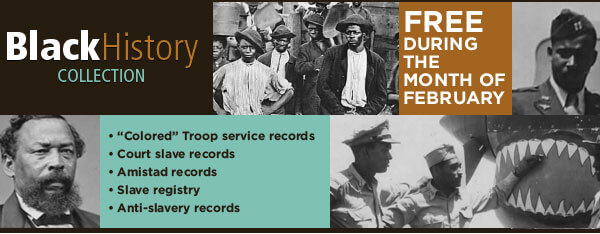
African American genealogy records newly published online
U.S. Southern Claims Commission. The “genealogy giant” Ancestry.com has updated its collection of U.S. Southern Claims Commission, Disallowed and Barred Claims, 1871-1880. According to the collection description, “In 1871 the U.S. government created the Southern Claims Commission, an organization through which southerners could file claims for reimbursement of personal property losses due to the Civil War. Claims could only be filed by residents of AL, AR, FL, LA, MS, NC, SC, TN, TX, VA and WV.” Your African American ancestors may be among those listed therein: “Each claimant was required to provide witnesses. The witnesses had to answer the same 80+ questions that the claimant had to answer. Many of these witnesses were former slaves whose names rarely appear on any other legal document from the Civil War era. They also provided names and dates for family members who often lived on other plantations.”
Georgia. “The records of the Georgia Association of Educators (1921-2015)…are open for research,” reports the George State University Library. “The collection, comprised of unique documents and photographs, provides an in-depth look at the history of the organization that represents many of Georgia’s teachers. The collection includes convention proceedings, contracts and constitutions, meeting minutes, newspaper clippings, audio-visual materials, photographs, and periodicals.” Among the topics covered are the mergers of the previously-segregated black and white state teachers’ associations and integration of public schools about 1970. Click here to explore the finding aid to this collection.
New York. A first-of-its-kind free database documents those involved in the institution of slavery in New York from the earliest times. The New York Slavery Records Index “is a searchable compilation of records that identify individual enslaved persons and their owners, beginning as early as 1525 and ending during the Civil War,” reports the site. “Our data come from census records, slave trade transactions, cemetery records, birth certifications, manumissions, ship inventories, newspaper accounts, private narratives, legal documents and many other sources. The index contains over 35,000 records and will continue to grow as our team of John Jay College professors and students locates and assembles data from additional sources.” A hat-tip to WGRZ.com for publishing this article that alerted us to this valuable new resource.
Virginia. The Journal of Blacks in Higher Education reports, “Students in an introduction to public history class at Roanoke College in Salem, Virginia, created a digital archive of newspaper and other clippings collected during the civil rights era by the Hill Street Baptist Church in Roanoke. The project documents efforts in the area to desegregate lunch counters, movie theaters, and public schools during the 1950s and 1960s.”
African Genealogy and History Resources Now Online
African world heritage sites. CNN.com recently reported on a new online resource that seeks to provide digital preservation and access to important archaeological sites across Africa. “The archaeological wonders of the world offer a rich window into the past,” states the article. “But many are crumbling, weed-laden and victim to vandalism and conflict….Concerned with the decay of African heritage sites, The Zamani Project, based at the University of Cape Town, South Africa, is seeking to immortalize historic spots in three-dimensional, virtual reality-ready models…. Presently, they’ve mapped around 16 sites including Lalibela in Ethiopia, Timbuktu in Mali and Kilwa in Tanzania.”
Liberia. The free “genealogy giant” FamilySearch.org has added over 24,000 new record images and nearly 27,000 newly-indexed names to its free collection of Liberia, Marriage Records, 1912-2015. Documents include “applications for marriage licenses, marriage licenses, marriage returns, documents certifying marriages from Liberia.”
South Africa. FamilySearch has also updated two of its existing South Africa records collections with more indexed names: South Africa, Cape Province, Kimberley, Probate Records of the Supreme Court, 1871-1937 and South Africa, Cape Province, Probate Records of the Master of the High Court, 1834-1989.
Listen to more African American genealogy topics
The free Genealogy Gems Podcast and the Genealogy Gems Premium Podcast have both featured inspiring interviews on African African genealogy research. We recommend these:
Genealogy Gems Podcast episode #201: Angela Walton-Raji joins Lisa Louise Cooke with tips for interviewing African American relatives, learning important history and getting past that 1870 brick wall into the era of American slavery. Listen for free!
Genealogy Gems Podcast episode #200: A university professor shares his discoveries about a mother and young daughter separated by slavery. Learn how he pieced together their story from a poignant family heirloom found at a flea market.
Genealogy Gems Premium Podcast episode #130: Oprah Book Club author Lalita Tademy talks about her book Citizen’s Creek, a novel about an African American and Creek Indian family. This special episode (and all Premium Podcast episodes) is something extra just for our Premium subscribers; click here to learn how to subscribe.
Disclosure: This article contains affiliate links and Genealogy Gems will be compensated if you make a purchase after clicking on these links (at no additional cost to you). Thank you for supporting Genealogy Gems!
by Lisa Cooke | Jul 14, 2017 | 01 What's New, Ancestry, Census, Church, FamilySearch, Military, Records & databases, School Records, United States
Learn more about U.S. ancestors in new genealogy records for Navy and Marine officers, WWI veterans, historical and genealogical journals, and new genealogy records for 12 U.S. states: Ala., Ark., Hawaii, Kan., La., Mass., Miss., Mont., N.Y., Texas, Utah, and Va.
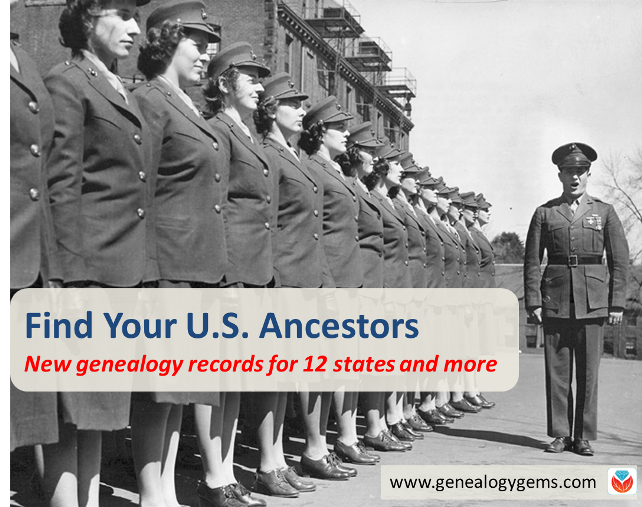
Following are new genealogy records (and updated collections) for the U.S. and several U.S. states. In which may your ancestors appear?
U.S. Navy and Marine Corps Officer Registries. Ancestry.com subscribers may search a new database, “U.S., Navy and Marine Corps Registries, 1814-1992.” From the collection description: “This collection includes registers of officers of the US Navy and Marine Corps from between the years of 1814 and 1992. Within these records you can expect to find: name, rank, ship or station.” (Note: the above image shows the first group of female Marine officer candidates in 1943; click here to learn more and see this image’s citation.)
World War I Veteran’s History Project: Part II Launches. The Veterans History Project has launched “Over There,” the second in a three-part, online web series dedicated to United States veterans of the First World War. “Over There” highlights 10 digitized World War I collections found in the Veterans History Project archive. Click here to access Part II and other veterans’ collections featured in “Over There.” Part III will be available in fall of 2017. (Click here to read the full announcement from the Library of Congress.)
U.S. and Canada journals. 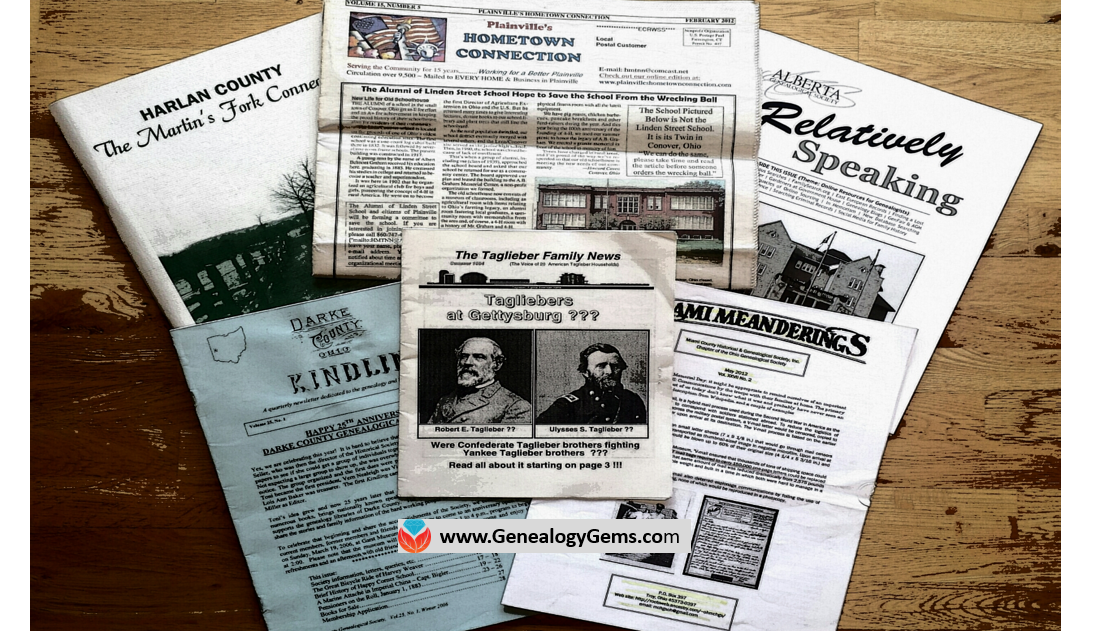 PERSI, the Periodical Source Index, has been updated with historical and genealogical journal content covering Ontario, Canada as well as Massachusetts, Minnesota, Missouri, Michigan, & Rhode Island. Search PERSI at Findmypast.com to discover articles, transcribed records, and images of your ancestors and their communities, churches, schools and more in thousands of journals. Some journals are index-only and others have digitized articles: click here to learn more about PERSI.
PERSI, the Periodical Source Index, has been updated with historical and genealogical journal content covering Ontario, Canada as well as Massachusetts, Minnesota, Missouri, Michigan, & Rhode Island. Search PERSI at Findmypast.com to discover articles, transcribed records, and images of your ancestors and their communities, churches, schools and more in thousands of journals. Some journals are index-only and others have digitized articles: click here to learn more about PERSI.
Statewide: New genealogy records
- Alaska: Ancestry.com has a new database of Alaska, Vital Records, 1818 -1963. It contains birth, marriage, and death records.
- Arkansas: A new digital exhibit tells the story of the first African-American college west of the Mississippi River, located in Phillips County. Lives Transformed: The People of Southland College “includes photos and scanned images of letters, circulars, forms, the Southland newspaper and other ephemera, including invitations, the catalog of studies, a diploma, and a commencement program,” states a news report.
- Hawaii: Over 300,000 indexed names have been added to a free FamilySearch.org collection of Hawaiian obituaries since 1980.
- Kansas: New browsable image collections of Kansas state census records for 1865, 1875, 1885 and 1895 are now free to search at FamilySearch.org. The growing size of each collection by year–from 4,701 pages in 1865 to 116,842 pages in 1895–witnesses the tremendous growth of this prairie state after the Homestead Act of 1862 opened its land for cheap purchase and settlement. (Did you know? Kansas census records 1855-1940 at Ancestry.com are also available for free to Kansas residents.) Click here to learn more about state census records in the U.S.
- Louisiana: Over 100,000 new images and thousands of indexed names have been added to FamilySearch’s free collection of Louisiana death records (1850-75, 1894-1960).
- Massachusetts: More than half a million names are in 22 volumes of sacramental records (baptisms, confirmations, marriages, deaths) for the Cathedral of the Holy Cross, Archdiocese of Boston, now online at AmericanAncestors.com.
- Mississippi: Ancestry.com has updated its collection of Mississippi Naturalization Records, 1907-2008. This collection pertains to naturalizations finalized after 1906, when most were taken care of in federal courts.
- Montana: Find a new collection of Montana County Marriages, 1865-1993 at Ancestry.com. Details for both the bride and groom may include name, age at marriage, and marriage date/place. (You may also access this collection for free at FamilySearch.org.)
- New York: The Leon Levy BAM Digital Archive has added more than 70,000 playbills, posters, and ephemera from the history of the Brooklyn Academy of Music, dating to the Civil War era. (We found this in a New York Times report.)
- Texas. Ancestry.com has updated its database, “Texas, Select County Marriage Records, 1837-2015.” The collection description states, “This collection consists of a mix of marriage licenses, returns, certificates, affidavits, and indexes. The documents that are available in this database vary depending on the county. All marriage records include the names of the bride and groom, as well as the date of the license and/or marriage. In many instances, additional details are available as well.” This collection continues to be updated: keep checking back!
- Utah: There’s a new digital archive of photos, yearbooks, and other documents relating to the history of Brigham Young College in Logan, Utah. The school taught high school and college courses and was open 1877-1926. Learn more about it in a news report at HJnews.com.
- Virginia: A decade’s worth of obituaries from the Evening Star (Winchester, 1899-1909) are now available at subscription site Findmypast.com.
 Did you see the new Genealogy Gems Book Club announcement for this week? It’s a new memoir by a U.S. journalist who tracks down an old family story about her immigrant roots. You won’t want to miss this family history murder mystery! Click here to learn more about the book and watch a trailer for its PBS documentary.
Did you see the new Genealogy Gems Book Club announcement for this week? It’s a new memoir by a U.S. journalist who tracks down an old family story about her immigrant roots. You won’t want to miss this family history murder mystery! Click here to learn more about the book and watch a trailer for its PBS documentary.
Disclosure: This post contains affiliate links and Genealogy Gems will be compensated if you make a purchase after clicking on these links. Thank you for supporting Genealogy Gems!
by Lisa Cooke | Mar 5, 2017 | 01 What's New, Research Skills |
As many American’s know, the state of West Virginia was formed in 1863 from the state of Virginia during the Civil War. Those researching their West Virginia roots prior to that year, may wonder which counties to search and what records are available. We have some tips to make your West Virginia research a little easier!
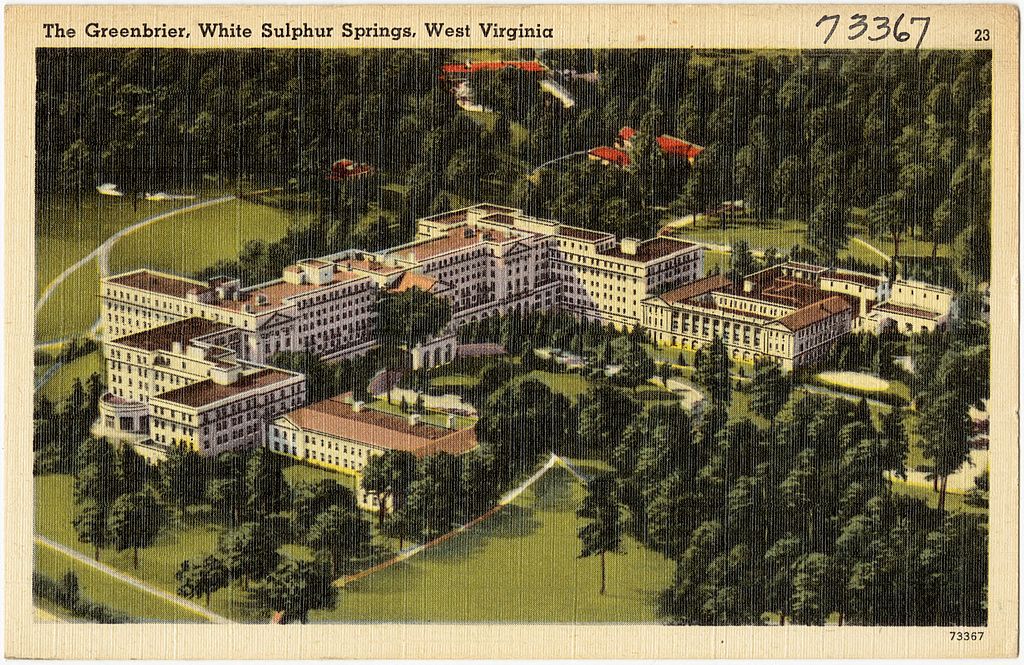
The Greenbrier, White Sulphur Springs, West Virginia, Boston Public Library collection, Wikipedia Commons.
County level research is important when trying to find the vital records of our ancestors. Birth, marriage, and death records typically are found on the county level. This means you will need to obtain a copy of these types of certificates from the local courthouse or other county repository, such as a county archives.
But what happens when the state or county wasn’t around when your ancestor lived there? Such is the case with this Genealogy Gems reader. Here is her question regarding West Virginia research:
I have a 3rd great-grandfather I am trying to find with his parents who may have been born in Greenbrier County, West Virginia. He was born in 1814. My question is that Greenbrier County was in Virginia at the time of his birth. Now it is in West Virginia which was made a state in the 1860s, so where do I look for his records? Finding his parents has been a brick wall! What would you suggest?
Birth Records in the 1800s
The first thing we want to address is the hope that this reader will find a birth record for 1814. Early birth records of this time-frame were typically kept by the churches in the form of christening or baptismal records. Civil registrations of births, which were created by the local or federal government, were not kept regularly for American states until much later. The earliest cities and states to require civil registration can be seen here, but a few examples include: New York in 1880, Virginia in 1853,and Florida in 1865. [1]
Because birth records can not always be located in church or civil registration for this early time period, we suggest using alternate records as your supporting evidence. Substitute birth records might be, but are not limited to: school records, censuses, pension records, marriage records, and biographical sketches. (Click these links to learn more about each type of record.)
West Virginia Genealogy Research: County Level
Next, let’s discuss the uniqueness of researching in West Virginia. West Virginia was created in 1863 out of the state of Virginia. Many of the counties that were once in Virginia, kept the same name and retained their records when they became part of West Virginia.
There is a wonderful resource in the book titled “Red Book: American State, County, and Town Sources” which was edited by Alice Eichholz. This book has a chart for each U.S. state listing the year each county was formed and from what parent county. To find the chart, flip through to the West Virginia section. Each county is listed in alphabetical order. In this case, we would locate “Greenbrier” and take note that according to the chart, Greenbrier County, West Virginia was formed in 1778 by portions of both Montgomery and Botetourt County, Virginia. A chart like this is helpful for any genealogist in determining which counties should be researched.
Greenbrier County, West Virginia: A Timeline of Changing County Boundaries
I took the liberty of looking further into Greenbrier County, West Virginia by examining more closely the changing county boundaries of this county over time. I did this by using the chart I mentioned above found in the Red Book. First, I found Greenbrier county and it’s parent county, then, I searched the list for further instances when parts of Greenbrier county were used to form newer counties. You see, we want to see the changes of this county’s boundaries so that we know what possible places to look for records. Let me show you what I found. We are going to need a time line for this!
- 1778: Greenbrier county was originally formed in 1778 from two parent Virginia counties: Montgomery and Botetourt.
- 1788: part of Greenbrier County, Virginia became Kanawha County
- 1799: Greenbrier shrunk further when a portion of its boundaries became Monroe County, Virginia
- 1818: Nicholas County, Virginia formed from Greenbrier
- 1831: part of Greenbrier created the new county of Fayette, Virginia
- 1863: Greenbrier county, Virginia became part of the State of West Virginia
- 1871: Summers County, West Virginia was created by a small portion of Greenbrier
As you can see, our Genealogy Gems reader may need to visit and research several county repositories both within the state of Virginia and West Virginia.
Greenbrier county is rather unique, as it had boundary changes quite regularly. It may be difficult to visit each of these county courthouses, spanning many miles apart, in hopes of finding targeted records for their ancestor. For this reason, our reader may wish to begin at the West Virginia State Archives. At most state archive repositories, records for all the counties can be easily looked at via microfilm. This may save valuable travel time. (Note: Before visiting any state archives facility, call ahead to verify what information and records they have, so that you do not have a wasted trip.)
There is also a free guide at Family Tree Magazine for West Virginia genealogy research that we highly recommend.
More on Advanced Research Strategies
 Changing county boundaries is just one area that must be mastered to ensure accurate genealogy research. Here are 3 more articles that will help you beef up your genealogy research skills:
Changing county boundaries is just one area that must be mastered to ensure accurate genealogy research. Here are 3 more articles that will help you beef up your genealogy research skills:
The Genealogy FAN Club Principle Overcomes Genealogy Brick Walls
Missing Census or Missing Family: Legacy Tree Genealogists Answer
Resolving Three Common Conflicting Evidence Problems in Genealogy
ARTICLE REFERENCES
[1] Johni Cerny, “Births and Deaths in Public Records,” originally written in “The Source: A Genealogist’s Guidebook to American Genealogy,” online article, Ancestry Wiki, accessed 20 Feb 2017.



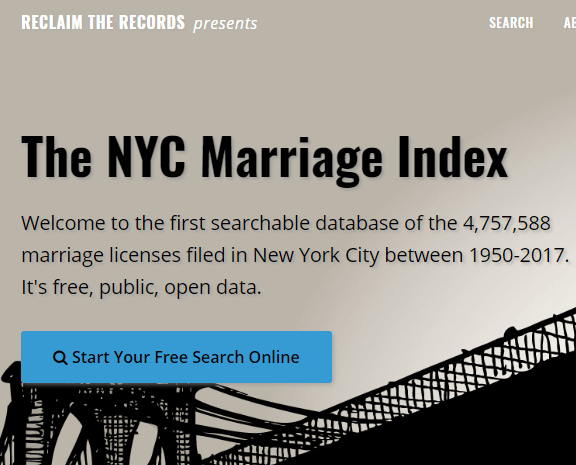

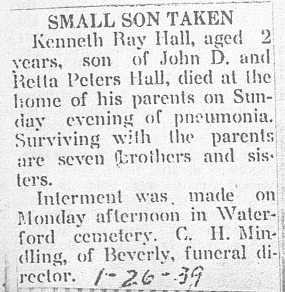
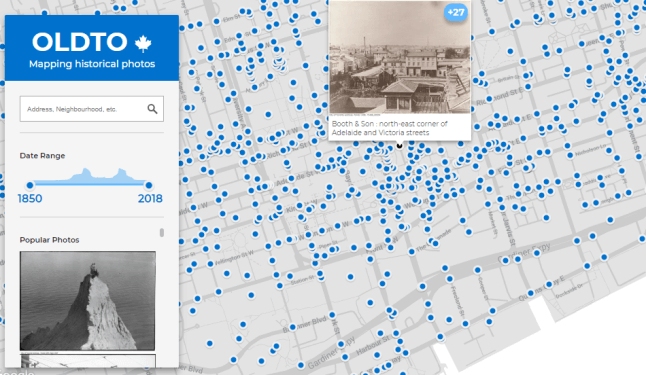
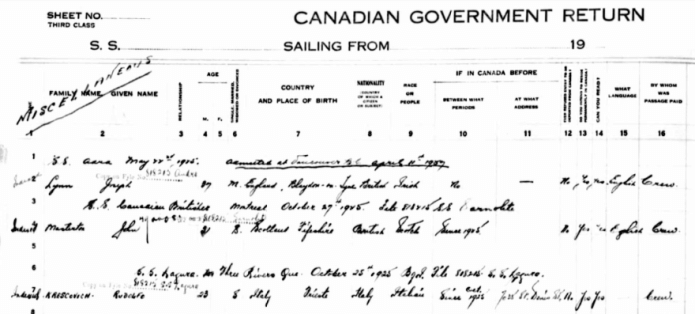

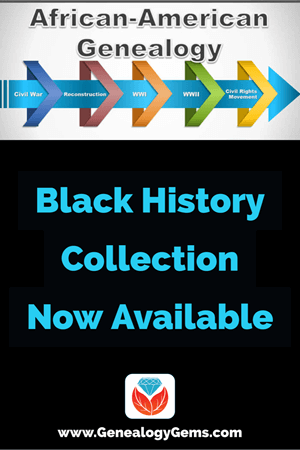

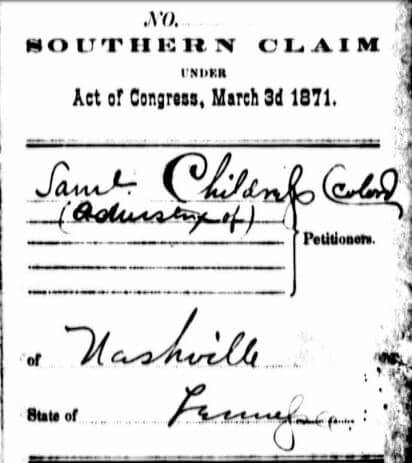
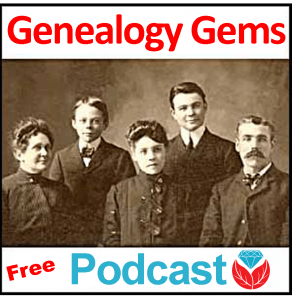

 PERSI, the Periodical Source Index, has been updated with historical and genealogical journal content covering Ontario, Canada as well as Massachusetts, Minnesota, Missouri, Michigan, & Rhode Island. Search PERSI at
PERSI, the Periodical Source Index, has been updated with historical and genealogical journal content covering Ontario, Canada as well as Massachusetts, Minnesota, Missouri, Michigan, & Rhode Island. Search PERSI at 

 Changing county boundaries is just one area that must be mastered to ensure accurate genealogy research. Here are 3 more articles that will help you beef up your genealogy research skills:
Changing county boundaries is just one area that must be mastered to ensure accurate genealogy research. Here are 3 more articles that will help you beef up your genealogy research skills:


